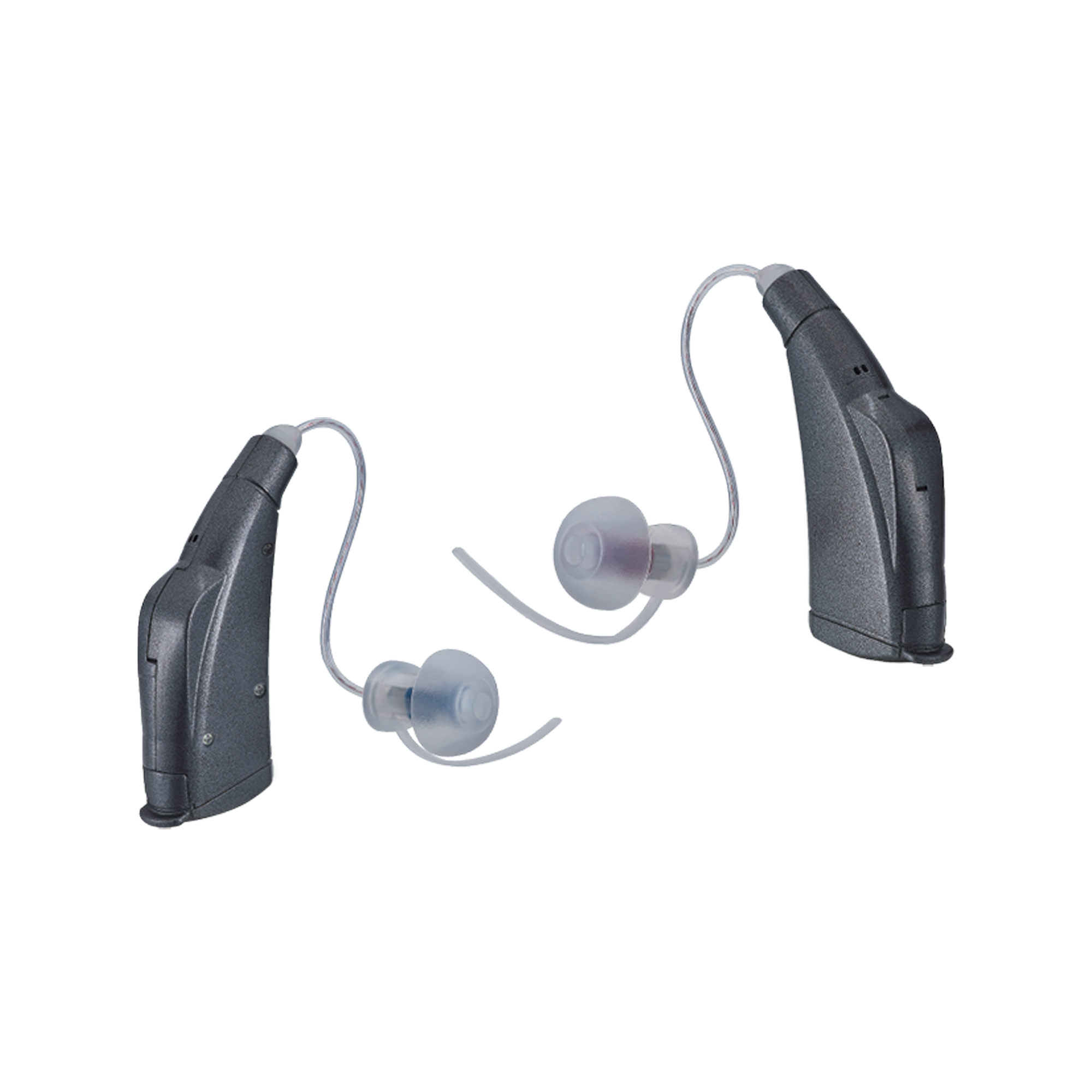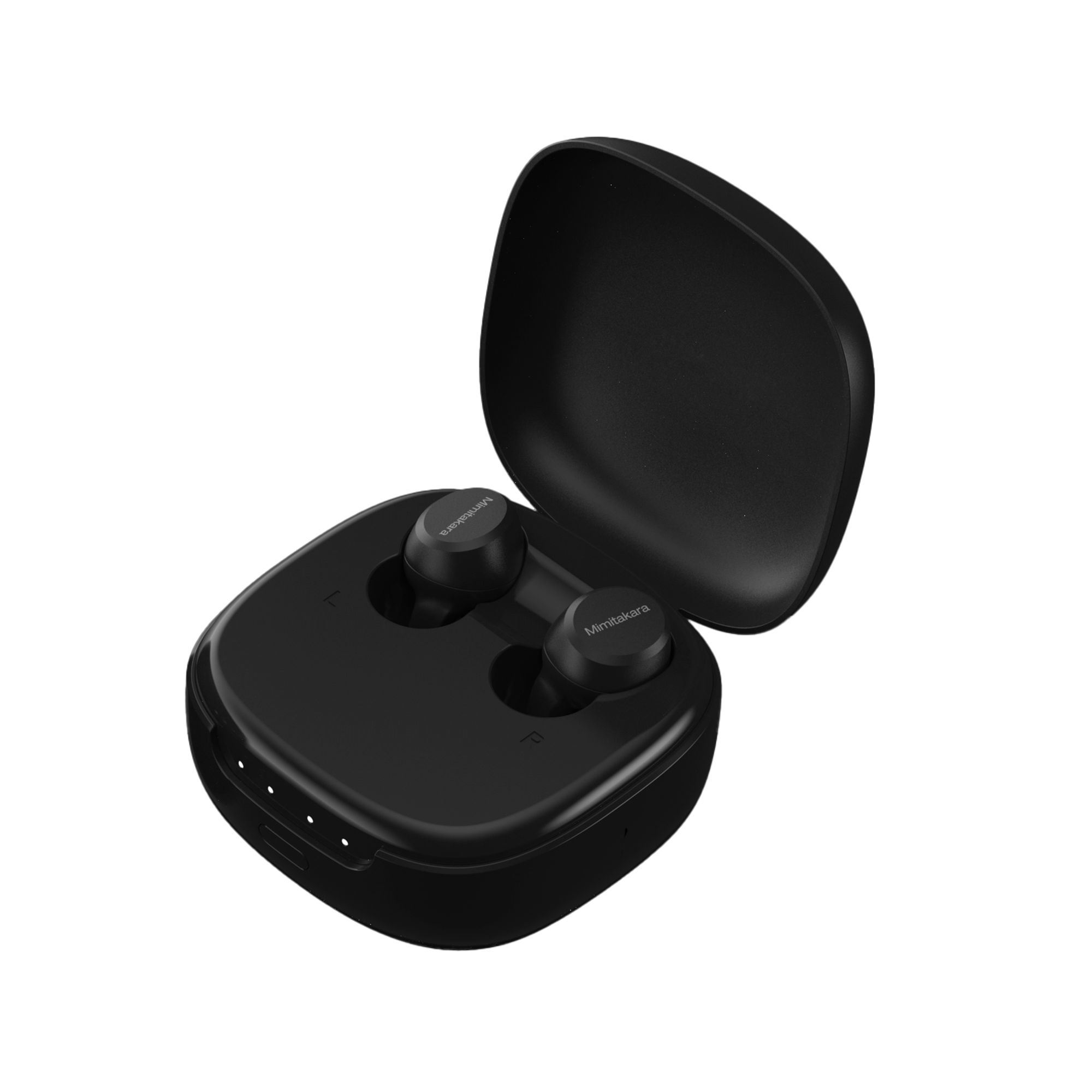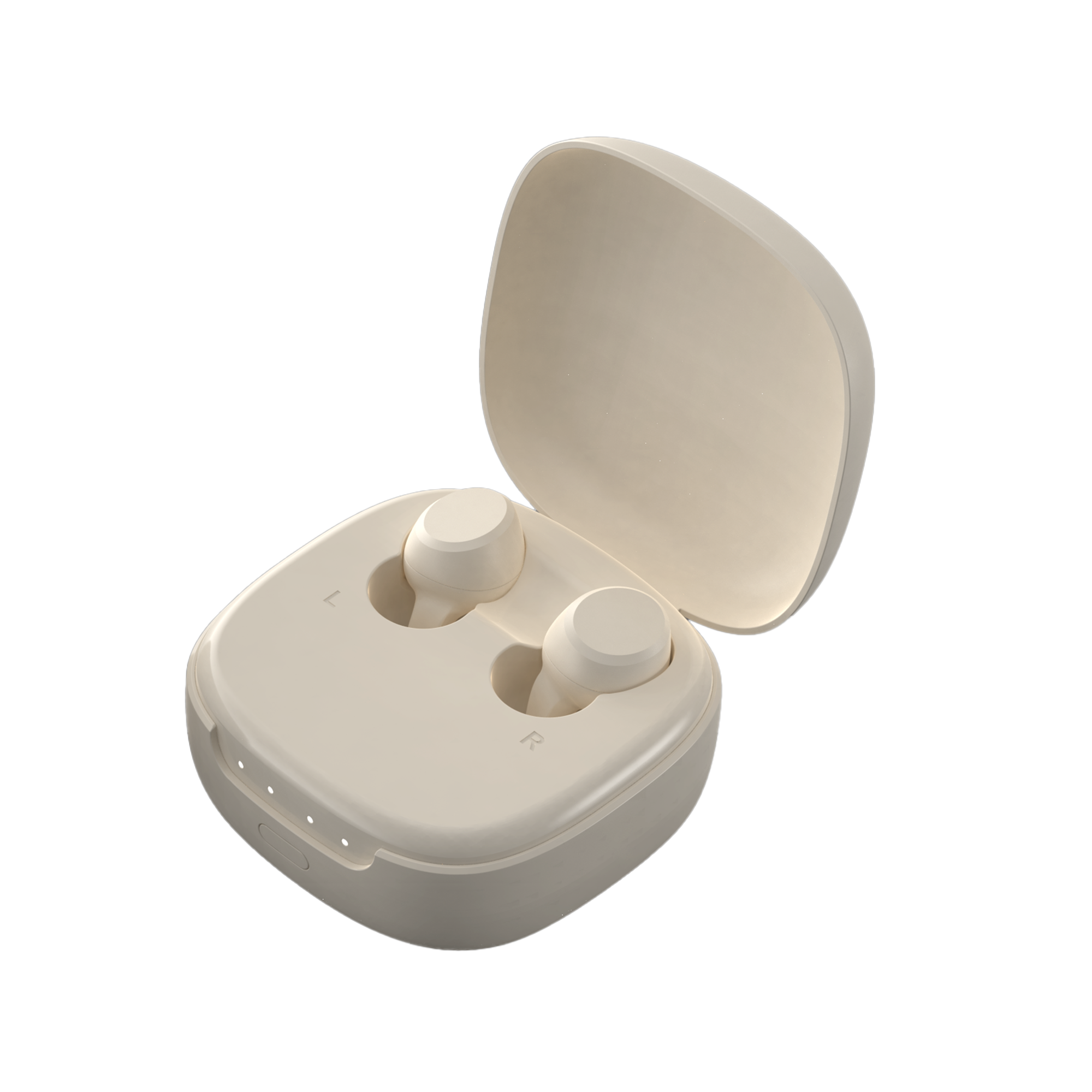As hearing loss becomes more prevalent, the demand for accessible and affordable hearing assistance devices has never been higher. Over-the-counter (OTC) hearing aids have provided a solution for many individuals, but Personal Sound Amplification Products (PSAPs) are emerging as a strong contender. These devices offer an alternative for those with mild hearing difficulties who seek better sound clarity and improved communication.
In this blog, we will explore what PSAPs are, compare them with OTC hearing aids, and look at how they fit into the future of hearing assistance. We’ll also introduce two bone conduction amplifier models, an innovative technology that is gaining attention for its ability to transmit sound through the bones of the skull.
What Are Personal Sound Amplification Products (PSAPs)?
Personal Sound Amplification Products (PSAPs) are devices designed to amplify environmental sounds. Unlike medical hearing aids, PSAPs are not intended to treat hearing loss caused by medical conditions but are used by individuals with mild hearing impairment or those who need extra amplification in specific situations, like social gatherings or watching television.
PSAPs are not FDA-approved medical devices, but they provide an affordable and convenient way to enhance hearing in certain environments. They are usually simpler to use, require no prescription, and are widely available in stores and online.
Bone Conduction Amplifiers: A New Approach to Hearing Assistance
Bone conduction technology is revolutionizing the hearing aid market. Unlike traditional hearing aids, which amplify sound through the air and into the ear canal, bone conduction amplifiers bypass the outer and middle ear entirely. These devices transmit sound vibrations through the bones of the skull directly to the inner ear, making them a great option for individuals with specific types of hearing loss, such as conductive hearing loss or single-sided deafness.
Mimitakara also offers bone conduction solutions, providing advanced sound amplification with an innovative design that ensures comfort and clarity, particularly for those with specific hearing needs.
Here are two prominent bone conduction amplifier models on the market:
1. AfterShokz Aeropex
The AfterShokz Aeropex is one of the most popular bone conduction amplifiers. It uses Bone Conduction Technology to deliver clear sound through the cheekbones, bypassing the eardrums. This model is known for its lightweight design and long battery life, offering up to 8 hours of continuous use on a single charge. The Aeropex is also equipped with Bluetooth connectivity, allowing users to stream music or take calls directly from their devices.Check out AfterShokz Aeropex for more details.
2. Bose SoundControl Hearing Aids
The Bose SoundControl Hearing Aid is another notable bone conduction model that offers high-quality sound and an adjustable volume. While it is often used as a hearing aid, it also incorporates bone conduction technology for better clarity and comfort, especially for those who find traditional in-ear models uncomfortable. The Bose SoundControl is FDA-cleared and designed to be used by people with mild-to-moderate hearing loss, offering personalized sound settings via a mobile app.
PSAPs vs. OTC Hearing Aids: Key Differences
While PSAPs and OTC hearing aids share a common goal of improving hearing, there are important differences between the two types of devices. Understanding these differences can help you decide which device is right for your needs.
1. Purpose and Regulation
- OTC Hearing Aids: These devices are regulated by the FDA and are designed to treat mild-to-moderate hearing loss. They are customizable to an individual’s hearing needs and are meant to improve hearing in various environments. OTC hearing aids typically require a hearing test to ensure they meet the user’s specific requirements.
- PSAPs: These are not FDA-regulated and are not intended to treat medical hearing loss. PSAPs are meant to amplify sound in specific situations and are ideal for people with mild hearing challenges who do not require medical-grade devices. They are generally simpler and more affordable than hearing aids.
2. Cost
- OTC Hearing Aids: Because they are regulated medical devices, OTC hearing aids can cost between $200 and $3,000 depending on the features, brand, and technology involved. They are generally more expensive due to their advanced technology and custom fit.
- PSAPs: PSAPs are typically more affordable, with prices ranging from $50 to $500. This makes them an accessible option for individuals who only need a boost in specific situations and don’t require the sophisticated features of a hearing aid.
Browse affordable PSAPs at Mimitakara.
3. Customization and Fit
- OTC Hearing Aids: OTC hearing aids are tailored to the user’s hearing profile based on an audiogram or general hearing loss classification. They offer more sophisticated features such as adaptive noise reduction, feedback cancellation, and customizable sound programs.
- PSAPs: PSAPs offer a more universal fit and are usually pre-programmed. They are less customizable compared to hearing aids, although some models allow for volume and sound quality adjustments.
Which One Should You Choose: PSAPs or OTC Hearing Aids?
The decision between PSAPs and OTC hearing aids depends on your specific hearing needs, lifestyle, and budget. Here are a few scenarios to consider:
- PSAPs: Ideal for individuals with mild hearing difficulties or those who need occasional amplification in specific situations like watching TV, listening to lectures, or having conversations in noisy areas. PSAPs are great for those who don't need a medical-grade hearing solution but still want to enhance their hearing experience.
- OTC Hearing Aids: Best for individuals who have mild-to-moderate hearing loss and need continuous hearing support. If you are experiencing regular difficulty understanding speech or following conversations in various environments, OTC hearing aids may provide a more comprehensive solution.

Conclusion
Personal Sound Amplification Products (PSAPs) offer an affordable and accessible solution for those with mild hearing loss or those seeking enhancement in specific situations. While they are not intended to replace hearing aids, they can provide significant benefits for individuals who don’t require traditional hearing aids but still need better sound clarity in specific environments.
If you’re considering hearing assistance, it's important to evaluate your hearing needs, lifestyle, and budget before deciding between PSAPs and OTC hearing aids. For more advanced hearing needs, OTC hearing aids might be the best choice, but if you're looking for occasional amplification, PSAPs offer an accessible solution.
Explore Mimitakara’s hearing aid solutions to find the right product for your needs and enhance your hearing experience today.
FAQ
Q1: Can PSAPs be used for severe hearing loss?
No, PSAPs are designed for mild hearing loss. For more severe hearing loss, medical-grade hearing aids are recommended.
Q2: Are PSAPs more affordable than hearing aids?
Yes, PSAPs are typically more affordable, with prices ranging from $50 to $500. In contrast, OTC hearing aids can cost between $200 and $3,000.
Q3: Can PSAPs replace hearing aids?
PSAPs can complement hearing aids for individuals who need occasional amplification. However, they are not a replacement for hearing aids for those with significant hearing loss.














